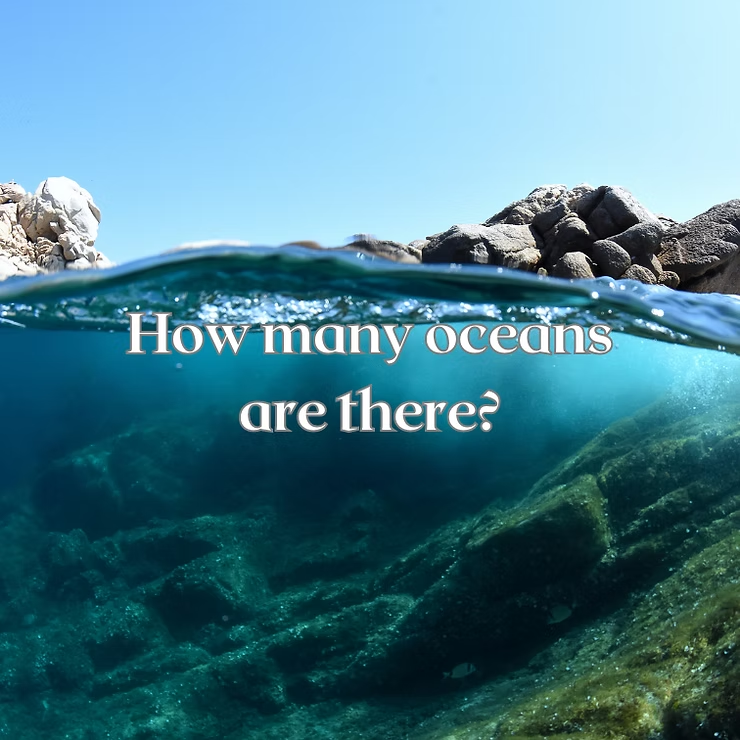The Big Blue: Exploring the World’s Oceans
Oceans cover more than 70% of the Earth’s surface, regulating climate and supporting diverse marine life. There are five main oceans—Atlantic, Pacific, Indian, Southern, and Arctic—each with unique characteristics and wonders waiting to be discovered.
Key Takeaways
- Earth has five major oceans: Atlantic, Pacific, Indian, Southern, and Arctic.
- The Atlantic Ocean is famous for surfing and sailing.
- The Pacific Ocean is the largest and deepest.
- The Indian Ocean offers tropical beauty and rich marine life.
- The Southern Ocean is home to penguins and whales.
- The Arctic Ocean reveals the secrets of the North Pole.
The Atlantic Ocean: A Playground for Surfers and Sailors
Stretching between the Americas and Europe/Africa, the Atlantic Ocean is renowned for strong currents and powerful waves. Its winds and vast waters make it a favorite for surfers and sailors alike. Safety tips include checking forecasts, preparing for currents, and respecting ocean conditions.
The Pacific Ocean: Vast and Mysterious
Covering over 63 million square miles, the Pacific is the planet’s largest ocean, hosting unmatched biodiversity. From whales and dolphins to colorful coral reefs, it’s a paradise for divers and explorers. Popular activities include surfing epic waves and island-hopping across tropical destinations like Hawaii and Fiji.
The Indian Ocean: Tropical Paradise Meets Marine Life
The Indian Ocean offers turquoise waters, vibrant reefs, and iconic destinations such as the Maldives. It is home to dolphins, turtles, manta rays, and the majestic blue whale. Visitors can enjoy both relaxation on pristine beaches and thrilling underwater adventures.
The Southern Ocean: Haven for Penguins and Whales
Encircling Antarctica, the Southern Ocean’s icy waters provide essential feeding grounds for whales and habitats for penguins. From Emperor Penguins to humpback whales, life thrives despite extreme conditions. This remote ecosystem highlights nature’s resilience and unique beauty.
The Arctic Ocean: Secrets of the North Pole
The Arctic Ocean is the smallest and coldest ocean, shaped by sea ice and extreme climates. It supports polar bears, walruses, and narwhals but faces rapid change due to global warming. Harsh conditions make exploration challenging, yet its mysteries continue to attract scientists and adventurers.
Conclusion
Each of the world’s oceans holds unique wonders—from the Atlantic’s surf culture to the Arctic’s icy mysteries. Together, they regulate our climate, sustain marine biodiversity, and connect people across continents. Exploring the oceans reminds us of their importance and the need to protect them for future generations.
Frequently Asked Questions
- How many oceans are there? Five: Atlantic, Pacific, Indian, Southern, and Arctic.
- Which is the largest? The Pacific Ocean, at about 63 million square miles.
- Which is the warmest? The Indian Ocean, especially in tropical regions.
- Which is the coldest? The Arctic Ocean, with temperatures often below freezing.
- Are there undiscovered species? Yes, scientists believe most marine life remains undiscovered.
- Are oceans warming? Yes, climate change is heating oceans, threatening ecosystems like coral reefs.
- Why are oceans important? They regulate climate, support biodiversity, drive economies, and offer recreation.

